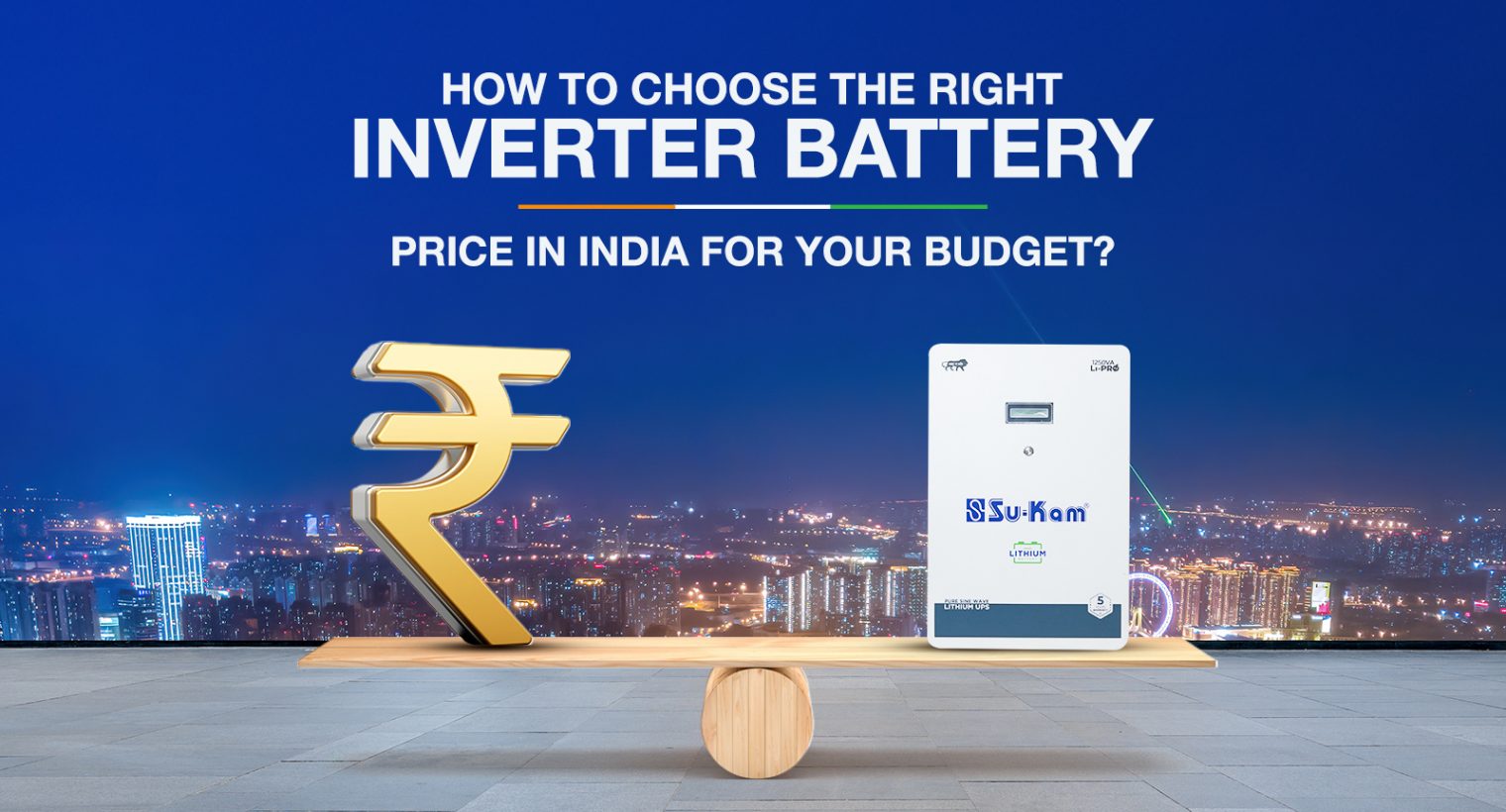Purchasing an inverter battery is not simply a matter of choosing the cheapest inverter battery price in India. It is important to select a reliable power backup that is customized to your use and expense needs.
Here is a guide on how to select.
1. Establish your requirements for your power needs first
Before you compare prices. You will need to establish what you actually require.
Think of the following:
- The number of things you would like to operate during a blackout (fans, lights, television, etc.)
- How long you would like the backup to last
Once you know this, you will be able to choose your battery capacity (shown in Ah (ampere hours)).
Example: If you would like to operate 200 watts of devices for 5 hours, you require an approximate 100Ah battery.
Do not select for a larger capacity unless you really require one – larger batteries are more expensive.
2. Know your types of batteries
Most inverter batteries in India are lead-acid batteries. The main types are:
- Flat Plate – Inexpensive and good for short power backup conditions and they generally do not last as long
- Tubular – As with flat plate they are more expensive but will last much longer and require much less maintenance
- Maintenance-Free – Very easy to use but more expensive
If you want a long life as well as better performance when you do need a battery, select the tubular batteries.
A good example is Su-Kam’s tall tubular battery series is a great selection strong, durable and made for Indian power conditions.
3. Always review the warranty
The warranty provides information on how long the brand will replace or repair the battery if there are issues.
Some warranties have a “full replacement” period for the first few years and then a “pro-rata” warranty after, meaning partial coverage.
A 5-year warranty with a 3-year full replacement is a better buy than a two-year lesser replacement warranty battery, even if the latter battery is cheaper.
4. Compare real-world performance, rather than just numbers
Every battery on the market has “150Ah” or “180Ah” printed on it but you do not actually get 100% of that being used.
Battery performance is diminished by heat, inverter losses, and battery age.
So go with a trusted brand that will at least guarantee improved charge efficiency and longer life. Su-Kam batteries are designed to resist sulphation, a natural occurrence which causes many premature failures.
5. Keep value not cost in mind.
You might find that spending a little more on a better brand of battery is cheaper in the long run.
How do you decide?
- Capacity
- Warranty
- Life expectancy and reviews
- Reputable dealer
6. Quick checklist before you purchase
- Right capacity (Ah) for the home
- Long warranty (free + pro-rata)
- Reputable brand with customer support
- Good reviews and proven durability
- Value within budget
Conclusion
When it comes to choosing a home inverter battery, do not pick a battery based on the cheapest price you can find. Think about it, after all it is peace of mind.
Consider home power needs and balance with the budget and trust in the brand you are buying, and that will let you get the best value over time.
With Su-Kam’s tubular batteries, your home will always have power.
FAQs
- What is the best inverter battery for home?
A tubular battery rated for 150Ah – 180Ah is ideal for most Indian homes in terms of usage.
- How long does a tubular battery last?
Normal life expectancy is 4 – 5 years depending on usage and care.
- Which is better, flat plate or tubular battery?
Tubular batteries typically last longer and endure the conditions we have in India better.
4.Why would I choose Su-Kam batteries?
Because Su-Kam batteries are designed and built, specifically for Indian power conditions, last longer and have reliable warranty support.
5. How often should I check water levels?
Every 3 – 6 months, depending on usage and weather.

